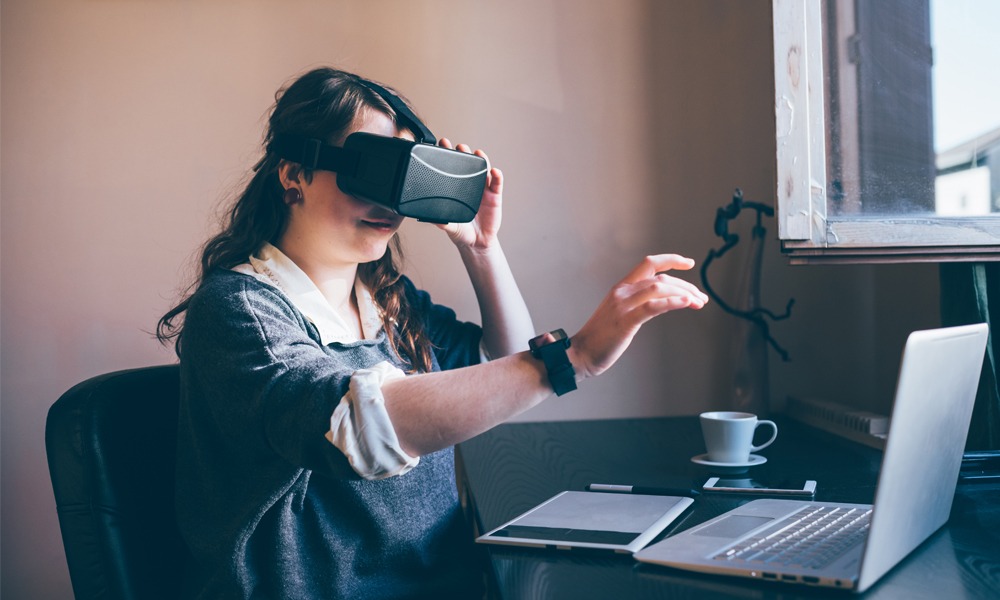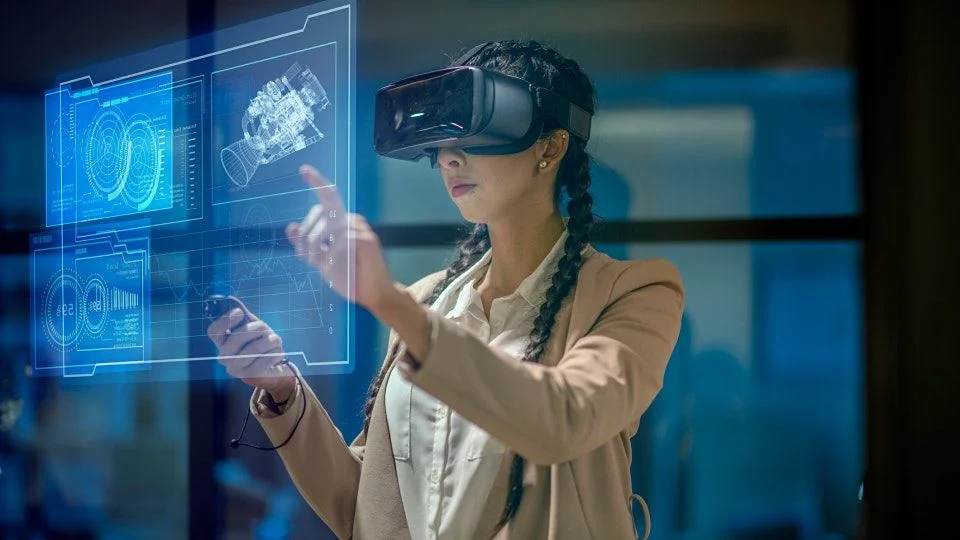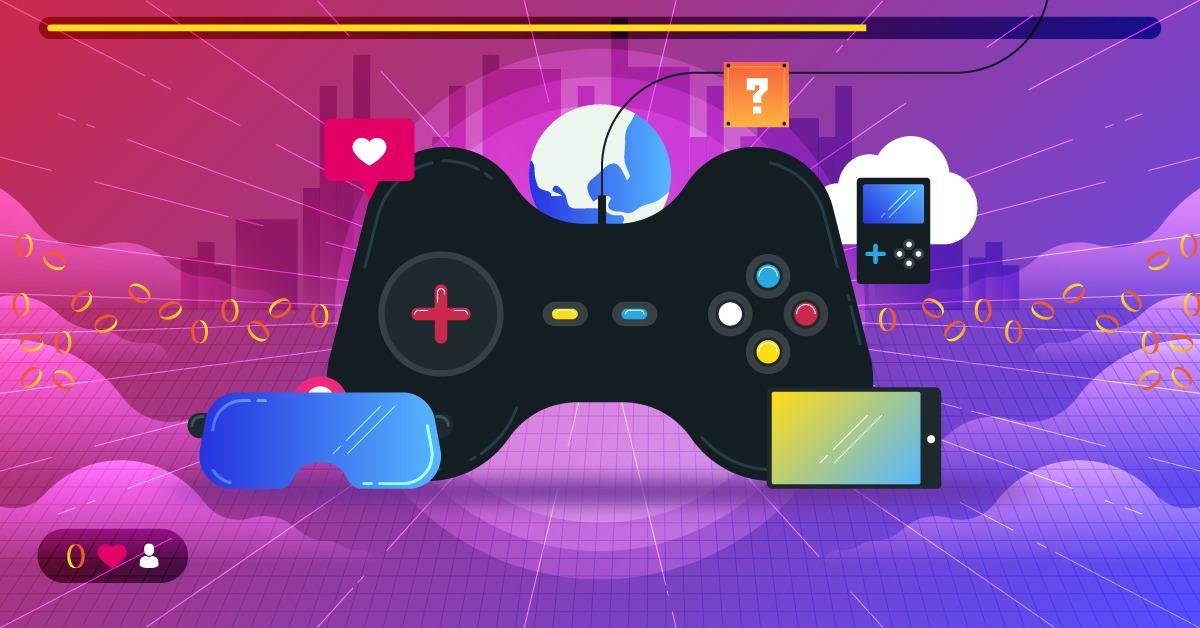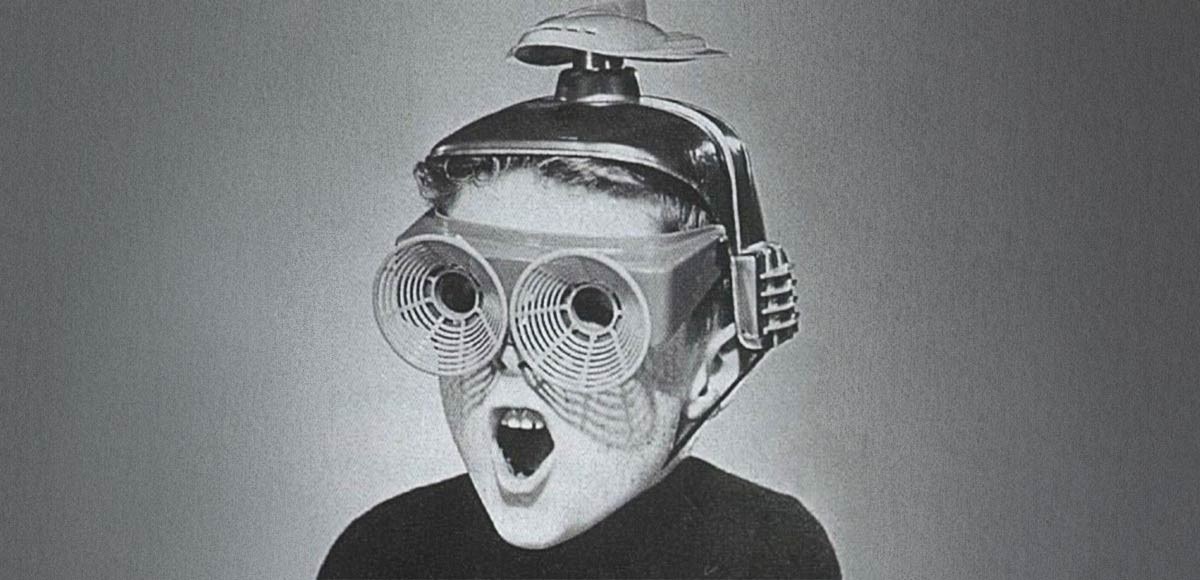
VR marketing trends digital agencies need to know in 2022
For VR marketing trends, Advertisers need to continually develop with the most recent trends on purchaser conduct and updates by Google. The individuals who neglect to adjust to the most recent digital advancements frequently disappear while those businesses who plan early and oblige themselves with the fluctuating trends maintain their top positions. The digital scene was upset because of the pandemic. While 2021 was an extended time of recuperation from the shock of the pandemic, 2022 is tied in with responding, and for those best situated, thriving in a post-pandemic world. The continuous appearance of new rivalry in the digital environment and shopper conducts radically changing in the post pandemic world calls for new digital marketing methodology.
Virtual Reality for Marketing:
VR marketing trends permits organizations to overcome any barrier among experience and activity. You can utilize VR to offer a digital involvement with spot of an actual one, which can advance items and administrations. As well as promoting existing items, you can likewise utilize VR to feature improvement. Organizations have facilitated virtual meetings, virtual work fairs, virtual exchange which requires major areas of strength for a part and use innovations like AR and VR to make a vivid encounter for the people who wish to go to digitally.
Virtual Reality is emerging as a strong marketing tool, and a few innovative brands have found the key to a powerful Virtual Reality experience, creating efforts that draw in and enchant customers while increasing deals. Gartner predicts that Virtual Reality marketing is situated at a fundamental progress point: the beginning of a development cycle. At the point when another marketing innovation gains foothold, brands have the valuable chance to catch another kind of second with customers, to make a wow factor that has a lasting effect, and set up a good foundation for themselves as pioneers in their industries.
How top brands have made experiences using Virtual Reality marketing to stand apart from the group?
- Marriott Hotels Virtual Travel Teleporter
Marriott made a feeling of “Virtual Reality travel” for visitors, using an Oculus Rift VR to cause watchers to feel like they were moved to Marriott hotels the nation over. The Virtual Reality Teleporter crusade urged members to impart their encounters to the label #GetTeleported. Using the Oculus Rift VR headset inside an extraordinarily made stall, Marriott goes above and beyond to being completely vivid with a 4D “tangible experience” that includes fog and warm air for outlandish destinations.
- Lowe’s Holoroom:
The Lowe’s Innovation Lab created the Lowe’s Holoroom 3D showroom to re-imagine the manner in which customers select items, transforming the browsing system into an engaging plan insight. Worked with Visual Commerce™ 3D Virtual Reality Design Studio and Showroom, the Holoroom experience presents huge number of different models that customers can use to plan their ideal space.
According to Somewhere Else, this VR crusade served to “find a remarkable method for marketing TERREX, [Adidas’s] line of outside apparel and embellishments.” What the organization additionally did, nonetheless, was introduce watchers to a movement they could have never attempted in any case and instill an interest in the experience.
Concluding Lines:
Every one of these top brands utilizes a different Virtual Reality method, yet the encounters share a few consistent ideas. They all stand apart areas of strength for with ideas and each has a reasonable message to convey. They mix age-old storytelling strategies together with the new tech of Virtual Reality gadgets. Each mission has areas of strength for a procedure that finds some kind of harmony to create a great VR experience for those with a headset, while making a sample of the experience broadly accessible by means of video or cell phones.




